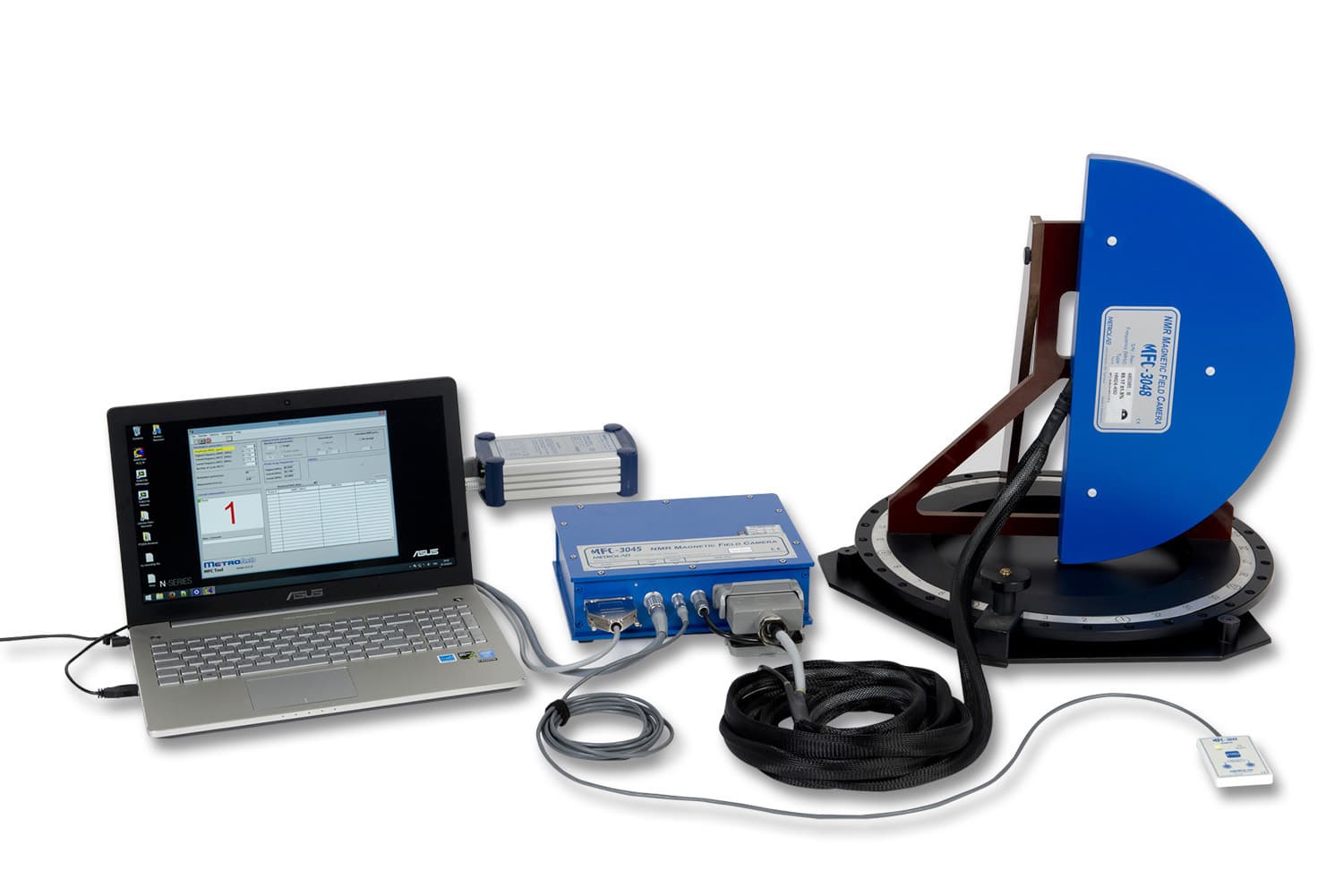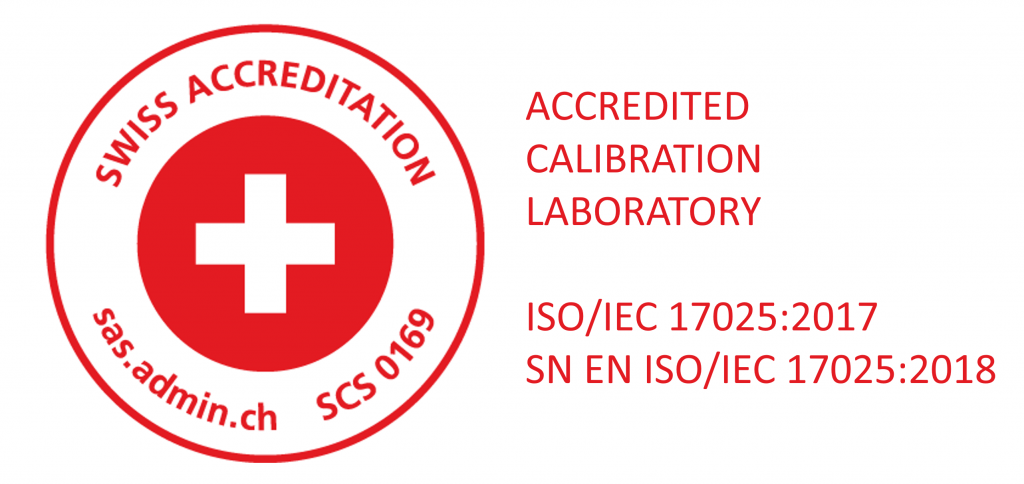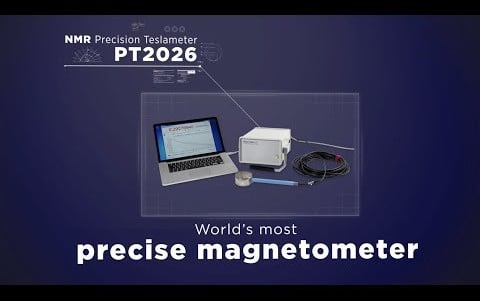Magnetic Resonance Imaging (MRI)
High-quality MRI images require a strong and extremely homogeneousA magnetic field with no or only a very small gradient. NMR teslameters can only be used in fields that... More magnetic field in the target area. MRI manufacturers measure the magnetic field and correct it, using special coils and/or small pieces of iron, in a process called shimmingIn magnet production, the process of making a magnetic field more homogeneous, by placing pieces of iron (shims) in the... More. We have designed our magnetometerAn instrument to measure magnetic flux density (B) or magnetic field intensity (H). More systems to support all phases of your product cycle.







From the laboratory to the field
Our NMRNuclear Magnetic Resonance. A resonance phenomenon seen when you irradiate a sample in a magnetic field with an RF field.... More Magnetometers, NMRNuclear Magnetic Resonance. A resonance phenomenon seen when you irradiate a sample in a magnetic field with an RF field.... More Magnetic Field Camera or 3-axis Hall or fluxgate Magnetometers support your needs for magnetic measurements from the development of a new magnet to the industrialization, manufacturing and installation of an MRI!
Magnetic resonance imagingMagnetic Resonance Imaging. Using NMR to image the interior of a solid body, usually for a medical diagnosis. More (MRI) has become a mainstay of medical imaging facilities. Superior soft-tissue contrast versus CT scans and the use of non-ionizing radio waves to visualize a rich matrix of functional information – including blood volume/oxygenation and localized metabolic activity within tumour sites – represent a winning combination for clinicians in the diagnosis and treatment of all manner of diseases.
Underpinning that clinical capability is an array of enabling technologies, the largest and most expensive of which is the superconducting magnetAn electromagnet built with superconducting wire. To remain superconducting, the coil has to be maintained at cryogenic temperatures, so it... More that sits at the heart of today’s cutting-edge MRI scanners. Clinical MRI
machines typically have a magnetic-field strength in the rangeThe range of a probe is defined by the minimum and maximum field strength it can measure. On an instrument,... More 0.1 to 3.0 T – though research systems for human and small-animal applications are available at much higher fields. In every case, these systems require a magnetic field that combines extreme stability with extreme uniformity (to within a few ppmParts per million, or 10-6. Bigger than a ppb, but still pretty darn small. More) to ensure optimal imaging performance.
To service that need, we have developed a portfolio of measurement tools and accessories to enable MRI equipment manufacturers to quantify and map the magnetic subsystems at the heart of their clinical MRI scanners.
Products
Related products
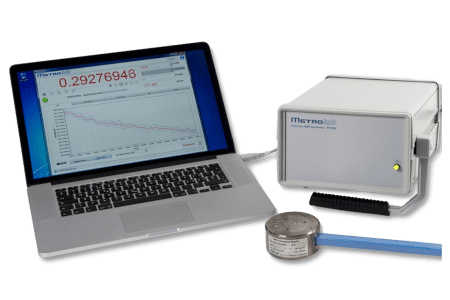
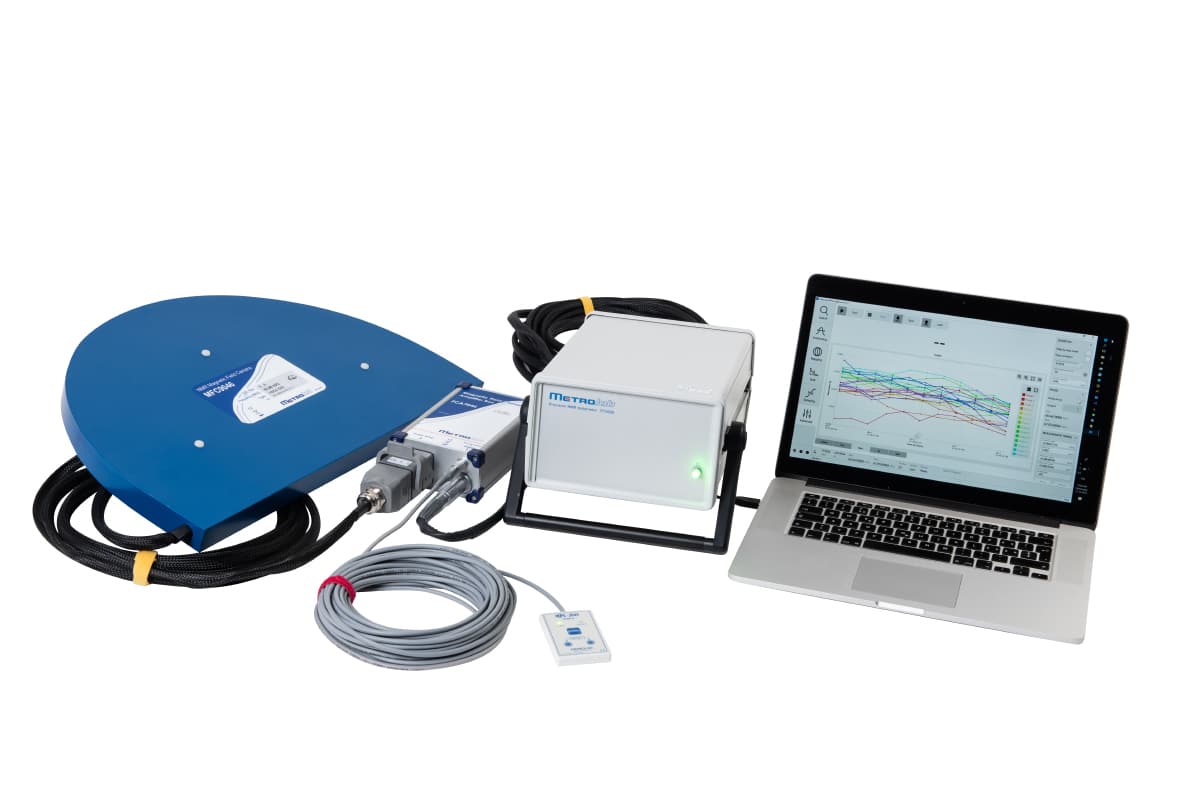
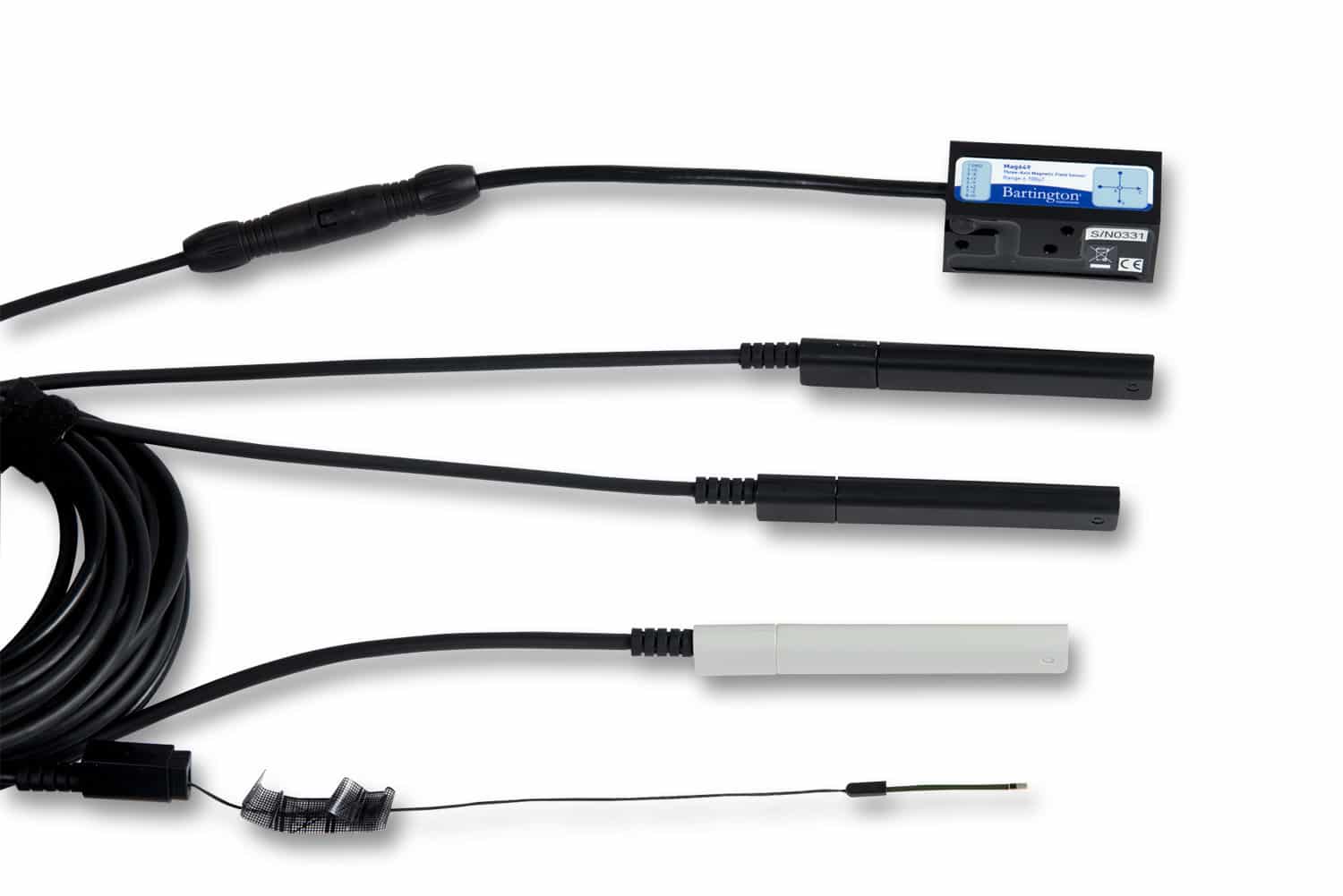
THM1176 Hall Magnetometer
3-axis Magnetometers
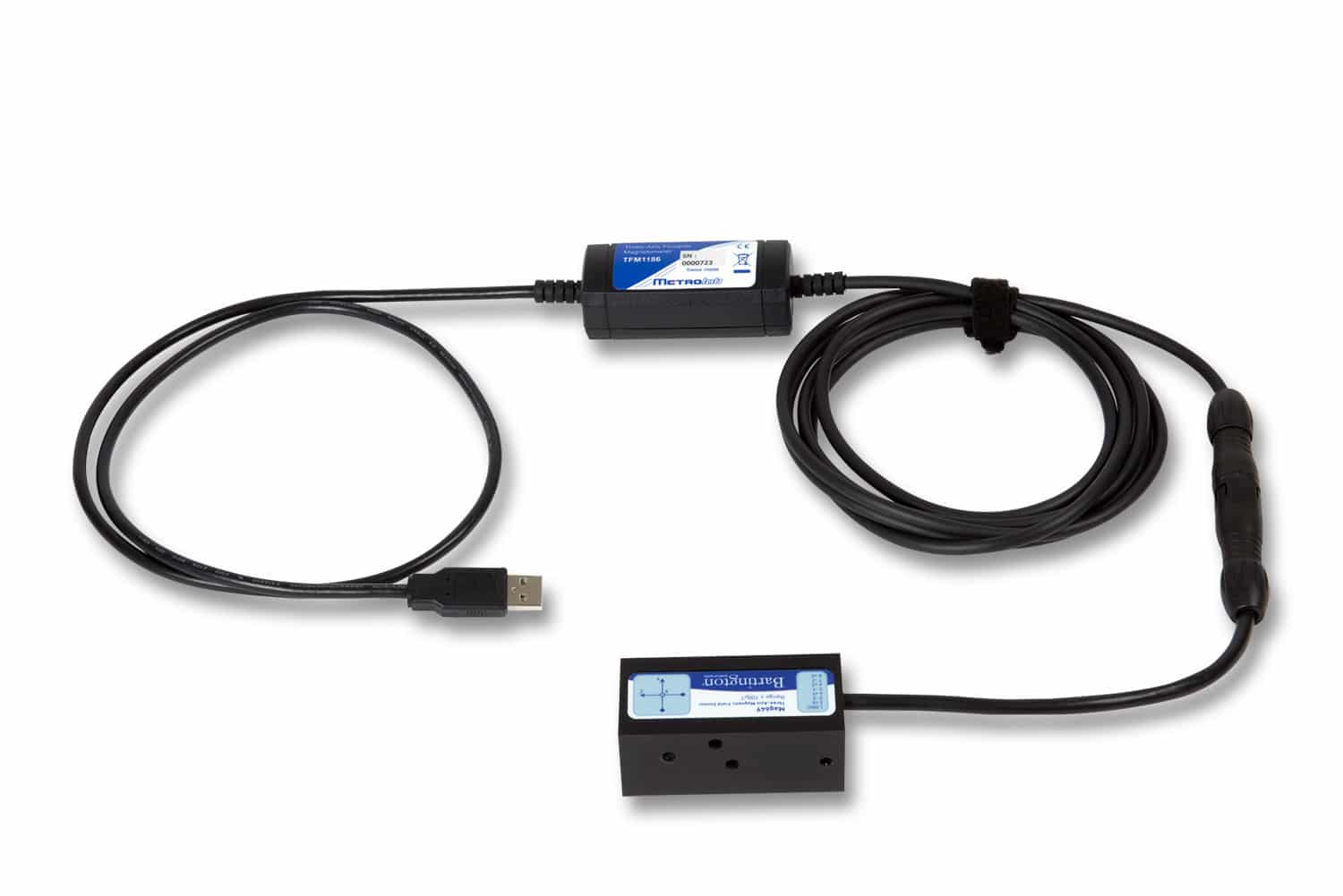
TFM1186 Fluxgate Magnetometer
3-axis Magnetometers
A compact fluxgate magnetometerAn instrument to measure magnetic flux density (B) or magnetic field intensity (H). More with outstanding sensitivity
Technology
Related technologies
NMR / EPR
Metrolab is espacially know for their precisionPrecision is how closely multiple measurements will be clustered. Also called reproducibility or repeatability. In everyday speech, often confused with... More NMRNuclear Magnetic Resonance. A resonance phenomenon seen when you irradiate a sample in a magnetic field with an RF field.... More teslameters
Hall
The Hall effectA popular magnetometer technology, using a semiconductor plate. One injects current on one axis of the plate and measures a... More is the most common method for measuring medium to high fields, for a wide rangeThe range of a probe is defined by the minimum and maximum field strength it can measure. On an instrument,... More of applications
Fluxgate
Fluxgate magnetometers evolved during the second World War as a means of detecting submarines

